
Anna Maria Barry-Jester
Journalist

Journalist

“We need to think of race as a proxy for racism, rather than race as a proxy for biology," says Drexel University's Michael Yudell.
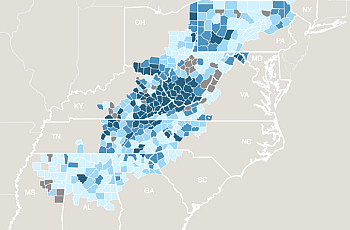
Maps can spotlight striking geographical patterns in health and pinpoint the questions your reporting needs to answer.
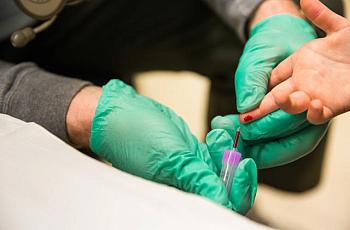
A family with a young child in Los Angeles found dangerous levels of lead in their rental. But they haven't been able to find another home in the region's extremely tight housing market.
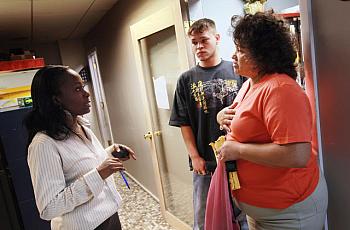
The Trump administration's recent efforts to shrink the social safety net will only make treating the real drivers of health harder.
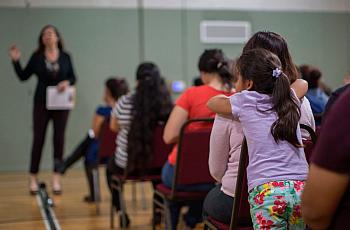
In one immigrant community along Central California's coast, a crisis response team stands ready to coordinate services for families who’ve been hit by an arrest or deportation.

The outbreak in California, the largest since the U.S. started tracking hepatitis A, lays bare the fact that homelessness can be as much a cause of disease as the virus itself.
![[Photo by Spencer Platt/Getty Images]](/sites/default/files/styles/teaser_list_thumbnail/public/title_images/unnamed%20%281%29_19.jpg?itok=CUvScbzJ)
Rebuilding is expensive and draining for anyone caught in the path of a major storm. That's why such events tend to make existing disparities even worse.
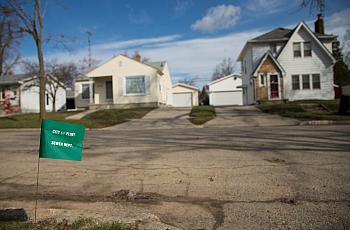
When it comes to local communities, zip codes are rarely a good way to look for geographic differences, and can cloud whatever relationships a researcher might be looking for. Consider what happened in Flint.

A FiveThirtyEight reporter on how she tackled an ambitious series on a huge, overlooked health crisis.
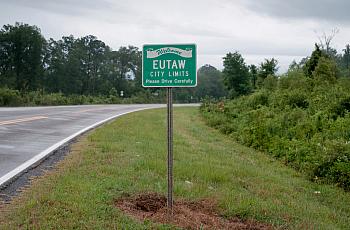
The Southern region referred to as the Black Belt is one of the most persistently poor in the country, life expectancies are among the shortest, and poor health outcomes are common.